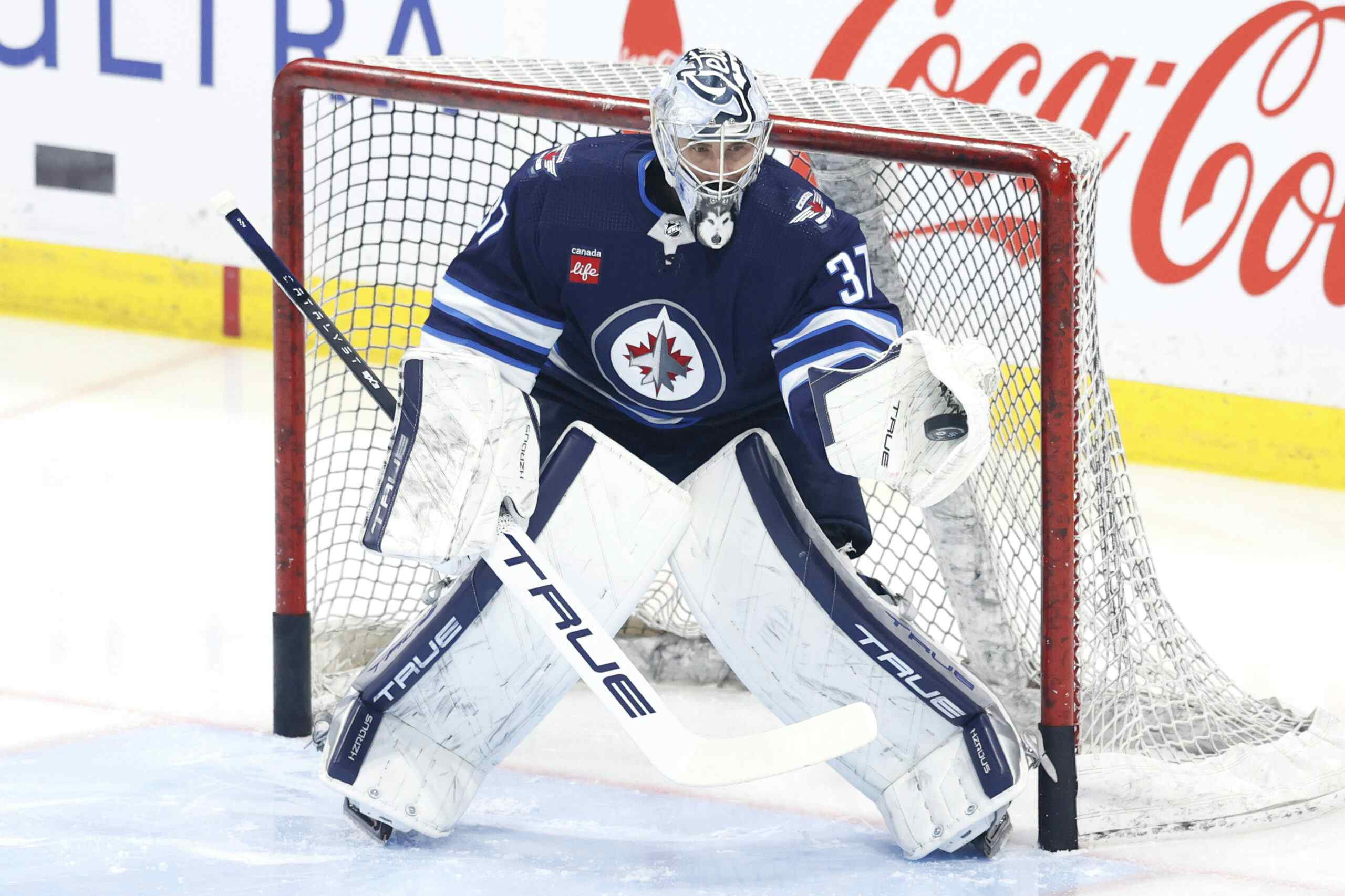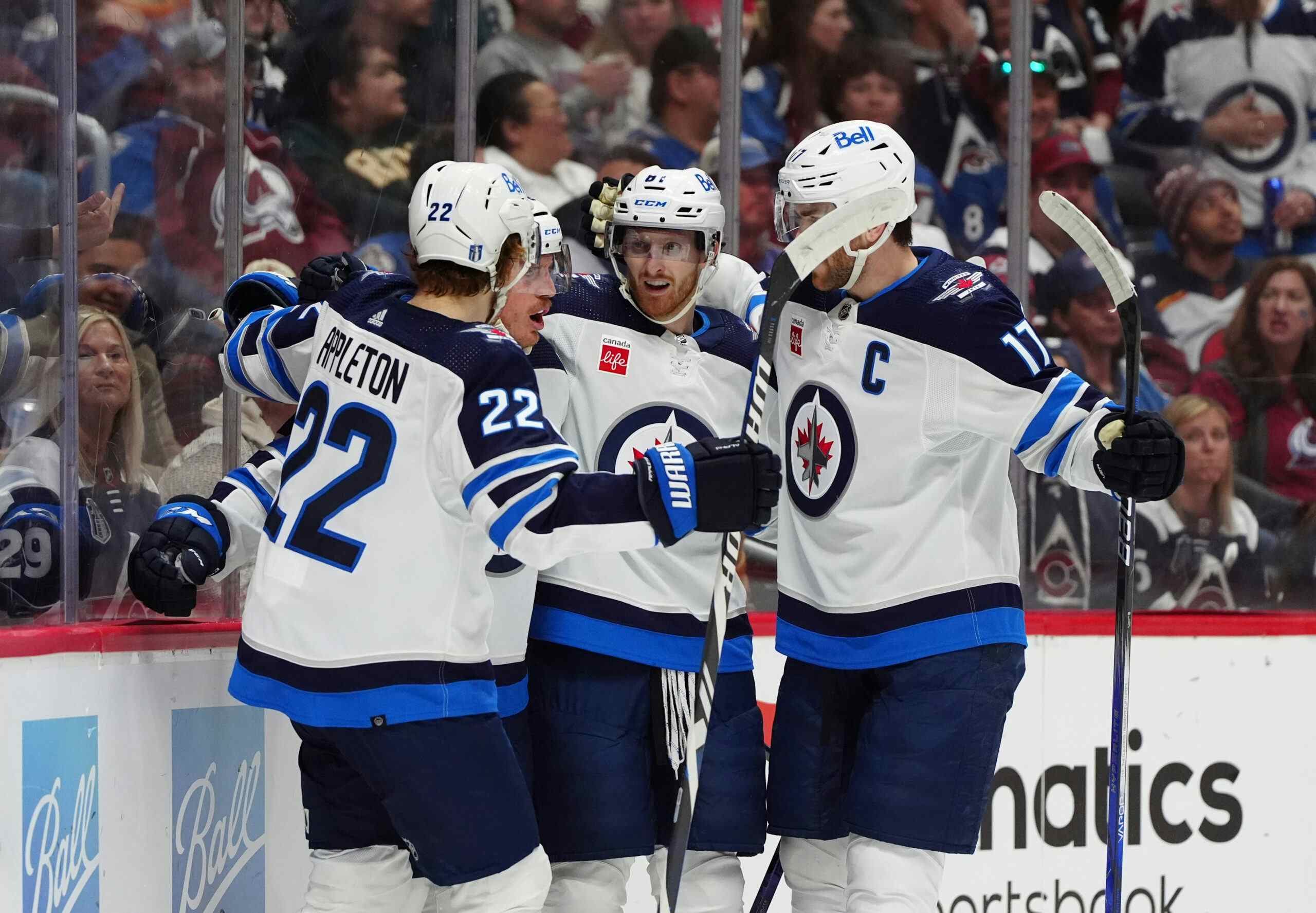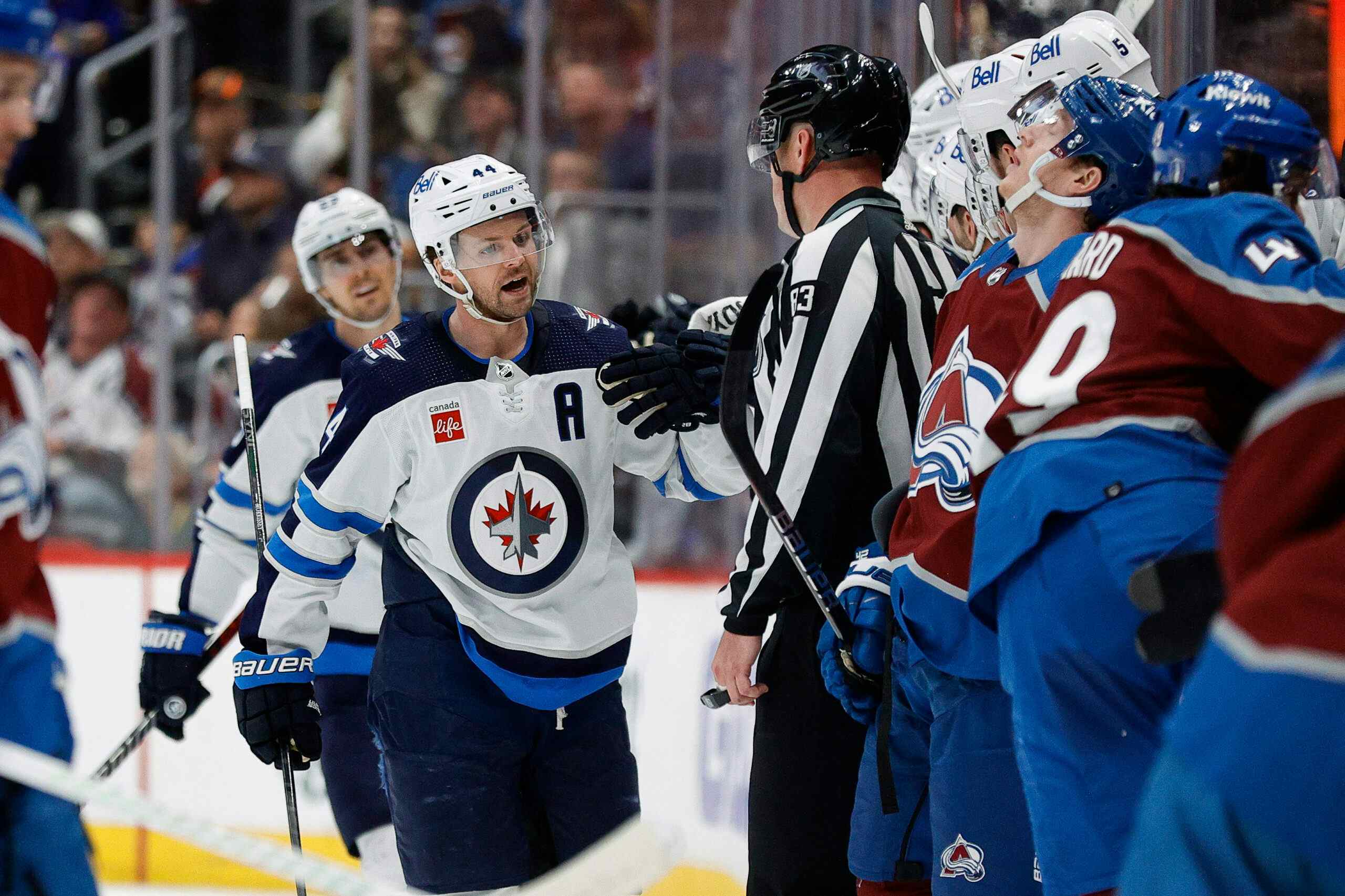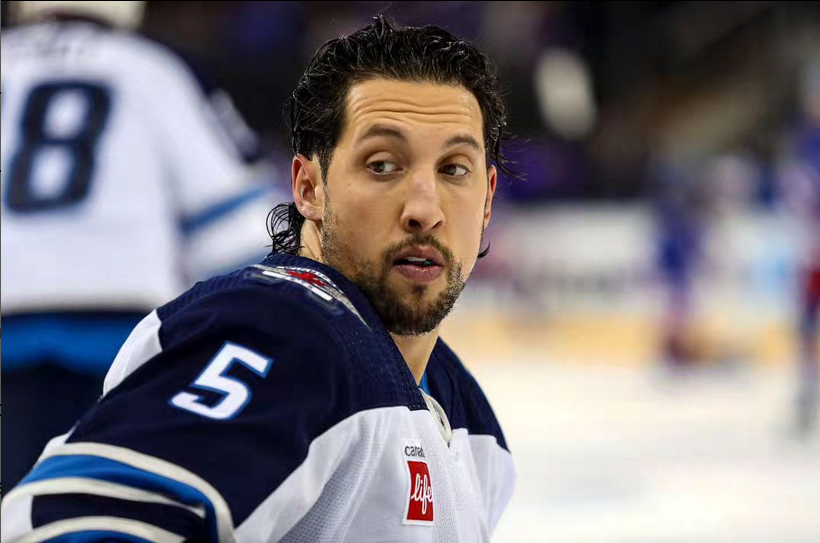Why the Jets were right to let McCambridge go
By Garret Hohl
8 years agoThe Winnipeg Jets announced earlier their decision to not extend Keith McCambridge’s contract with the organization. Some supported this move due to the struggles of the Manitoba Moose, but others were quick to point out the roster’s apparent weakness as evidence of the odds being stacked against the coach.
While investigating, I came upon an interesting trend with the Jets’ prospects which may support the Jets’ decision.
Playing with some numbers I have built up with our Draft Review Series (here is the first one), I sent out the following Tweet:
It seemed that the Jets’ young prospects predominately scored less than their career average, when using the NHL Equivalent (NHLE) scoring model. The “career NHLE” (cNHLE) though is a multiseason sample, and NHLEs are really designed with one season in mind.
So, I decided to use AHLE production to look at how the youth performed this season relative to how we would expect given their scoring the year prior:

Production is given as per season estimate given AHL’s 76 games played.
We see that for the most part the youth performed worse than what we expected. The only exceptions were those who were in the AHL last season and had no transition, so we are merely showing here that they scored more than the previous season. Austen Brassard and Scott Kosmachuk improved a lot over last year, and Ryan Olsen was slightly better.
I decided then to look at the same thing for the year prior:

We see the exact same pattern. Brassard, a returning AHL player, scored more, but the rookies all scored less than expected given how the average player tends to transition to the AHL.
The past two teams have been pretty weak though. There is an argument to be made that team quality with weakness of overall roster may have pulled down the results.
So, I then went another year earlier, to where the St. John’s IceCaps challenged for the Calder Cup, and looked at the rookies added in that year:

Overall there seems to be a trend. Even on a very strong club, where many were talking about the strong performance in their rookies, the Jets’ farm team saw their rookies take a larger fall in production than expected given how the average player transitions into the AHL from junior.
Putting it all together, we see this:

What I find most interesting is the pattern emerging of players eventually hitting their predicted numbers, but in later years.
Adam Lowry’s predicted production put him at about mid-20s in NHLE points, and he hit 24 in his NHL rookie season. Brassard’s junior production estimated a 33 point AHL season, and he hit 36 this year. Lipon came his closest to his rookie AHL predicted pace just this season.
While True North Sports Entertainment does not wish the Manitoba Moose to fail, success in the AHL is more looked for as a byproduct of successfully building up prospect depth. The Jets’ organization wishes to focus on drafting and developing to create a stream of NHL talent for the roster to make up for natural disadvantages the club has in the free agency and trade markets.
They hope to build a strong AHL team that wins due to their prospects and not their AHL veteran depth.
There was a trend in the Jets’ prospects underperforming their expected production. While some of this is expected given differences in learning curve and limited spots for scoring roles, the estimates are created given the decrease the typical player sees when graduating to the AHL.
The Winnipeg Jets rest their future success on their prospect cupboards. Drafting is one part, while developing is the other. The Jets cannot sit idle when there are consistent signs of development stagnation.
Recent articles from Garret Hohl





